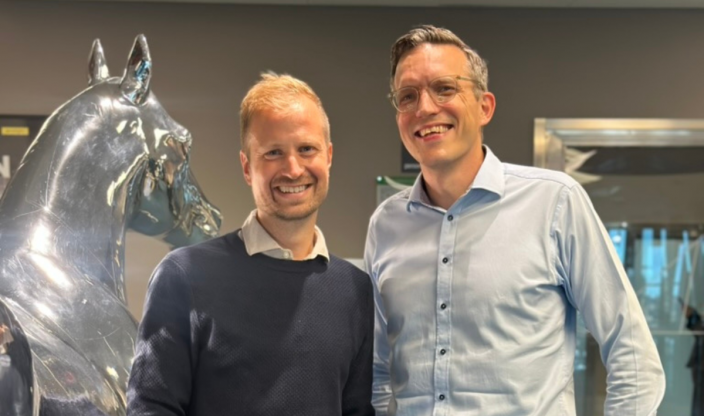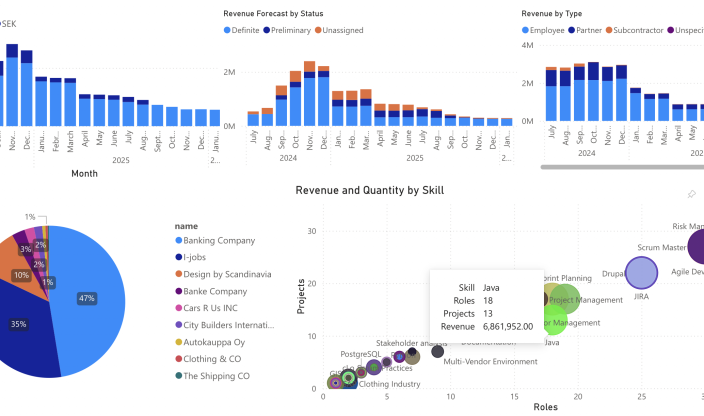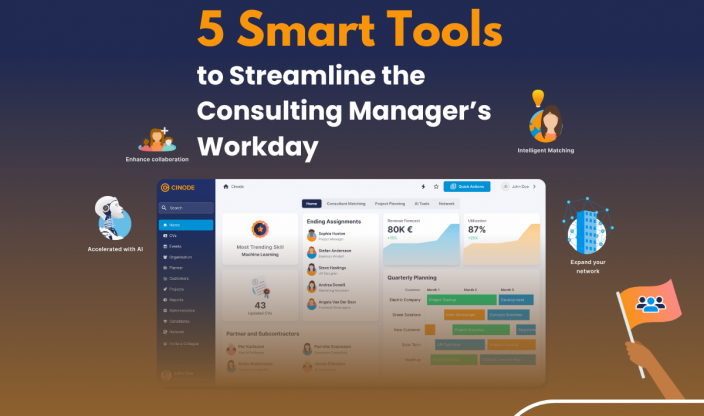Understanding the psychology behind pricing

I once read an article about an elderly, successful businessman and entrepreneur who shared a story from his childhood. As a young boy, he used to help his father, the village blacksmith, in the workshop.
One day, a farmer came in with a wagon wheel that needed to be repaired. As soon as the farmer left, the father immediately began working on the wheel.
After a while, the repair was finished. The boy then turned to his father and said, “I can take the wheel back to the farmer—I know where his farm is.”
The father shook his head. “No, my son. If you return the wheel right away, the farmer won’t be willing to pay much for the repair. But if we wait a few days, he’ll pay what we ask — and maybe even give you a sack of potatoes.”
Just as I mentioned in my previous article on the art of pricing, these practical tips should be taken with a grain of salt. The most important thing is to apply them with good judgment and the right intentions.
1. Don’t solve the customer’s problems during the meeting
You’re in a progress meeting with the client when they suddenly bring up a problem and ask if you have any ideas or solutions. As the experienced and helpful consultant you are, you immediately get up, walk to the whiteboard, and start sketching and explaining. Naturally, you earn style points—the client is both pleased and impressed by how quickly and effortlessly you solved their problem.
But here’s the challenge: At Ambio, we have never met a consultant who managed to get paid for a problem solved on the fly during a client meeting. Sure, you bill for your time in the meeting, but not for actually solving the problem.
What was the value of the solution for the client? We don’t know. But one thing is certain—your earnings will increase significantly if, instead of solving it immediately, you ask the client if they’d like you to come back with a well-thought-out solution. And then, just like in the story of the boy and the broken wagon wheel, you let the client wait a few days. When the solution is finally presented, it is perceived as even more valuable—and you get paid accordingly.
Additionally, the solution itself is likely to be better and more carefully considered if you take the time to work through it properly.
Sometimes, it’s wise not to show the client how fast you can work.
2. A consultant doesn’t simply “take a quick look” at things
In most projects, new client requests often emerge casually: “Can you take a quick look at this while you’re at it?”
This is where you need to stay alert. The moment you respond, “Sure, I can take a quick look,” you risk getting into trouble.
First, how much is the client willing to pay for you to “take a quick look” at something?
Probably not much—ideally, they’d like it for free.
Another key issue is the power of language. When your e-bike’s disc brakes start failing and you take it to a mechanic, you might hear: “We’ll take a look at your brakes.” But as consultants, we don’t just “take a look.” We investigate, analyze, and assess our clients’ problems. Weak phrasing can easily devalue both your work and the results you deliver.
Second, what does the client actually mean? Are you expected to just assess the issue and report back? How much time should you spend? Or are you supposed to fix it right away? No matter how you interpret it, a misunderstanding is likely:
- Consultant: “I’ve fixed the problem—it only took an hour.”
- Client: “But I just wanted you to take a look! I only needed an assessment.”
Worst case, you’ve now worked for free. Be clear about what you mean and what’s included in your engagement.
3. Avoid talking in hours
In the consulting world, there’s an obvious paradox. Our entire business revolves around hours—we estimate projects in hours, track time in hours, and calculate both hourly rates and revenue based on them. But when speaking with clients, focusing on hours isn’t always the smartest approach.
The hours you estimate—just an approximation—can quickly be used against you. When the invoice arrives, itemized by hours, discussions often arise about whether certain tasks took too long. That’s why it’s often beneficial to avoid mentioning hours altogether. Instead, package your service or solution and offer a fixed price.
When working with fixed pricing, you need healthy margins. Some projects will inevitably exceed the estimated time, so you must have the flexibility to make up for it elsewhere.
So, how do you avoid talking in hours?
Client: “How many hours do you think this will take?”
Consultant: “I have a lot of experience with this, and I know it’s not straightforward, but you should expect it to land somewhere between $35,000 and $50,000.”
Client: “Okay, but can you give me a fixed price?”
Consultant: “If we ensure that it’s installed and fully operational within three weeks for $50,000, do we have a deal?”
By shifting the conversation away from hours and toward value and outcomes, you increase both clarity and profitability while reducing unnecessary debates over time spent.
Summary and Conclusion
Talking in hours can be a trap for consultants. While we internally manage our business with hours, estimates, and time tracking, it’s rarely beneficial to discuss hours with the client. When you specify your time, you risk getting into discussions about why something took longer than expected, rather than focusing on the value you’re delivering.
A better strategy is to package your service and work with fixed prices. This gives you more control, clearer expectations, and often better profitability. However, it requires you to have sufficient margins to handle projects that take longer than planned.
Conclusion?
Shift the focus from hours to value. By selling a solution instead of your time, you can avoid price pressure, increase your revenue, and create more satisfied clients.

Guestblogger - Peter Kjellström
Guestblogger - Peter Kjellström
You may also like...
All posts
Oct 10 2025 · Consulting, Entrepreneurship
🚀 The Head of Analysis: Seven Success Factors for Consulting Firms 2025–2030

Sep 10 2025 · Consulting
“It’s About Growing Right – Not Fastest” – Netlight Scales Up with Culture and AI in Focus

Aug 21 2025 · Cinode, Consulting
🚀 A Clear View and Fast Execution – Our Journey with Cinode

Apr 15 2025 · Consulting
How to set (the right) price?

Mar 18 2025 · Consulting
How do we charge for the value of our services?

Mar 11 2025 · Consulting
New AI Act: Checklist for Consultants and Consulting Firms

Feb 27 2025 · Consulting
Maximize Insights in Your Consulting Business with Cinode and Power BI

Jan 31 2025 · Consulting
5 Smart Tools to Streamline the Consulting Manager’s Workday

Jan 29 2025 · Consulting
New guide: How to Build Consultant Resumes That Win Clients

Nov 05 2024 · Consulting
Sweden’s most profitable consulting company reveals its secrets

Oct 30 2024 · Consulting
From Vision to Reality – Consid’s Amazing Journey Under Peter Hellgren’s Leadership

Oct 24 2024 · Consulting
